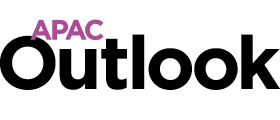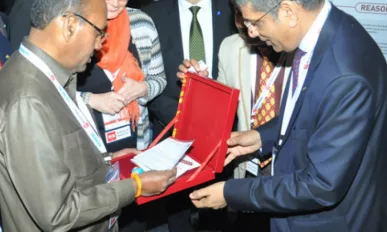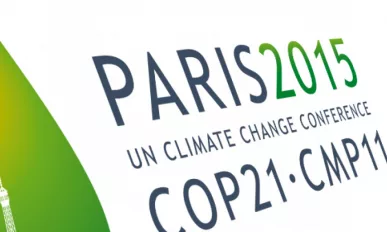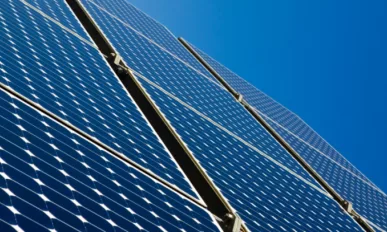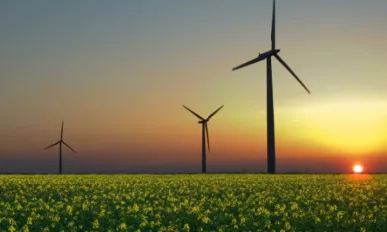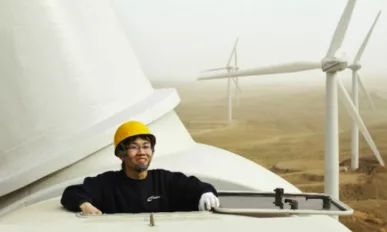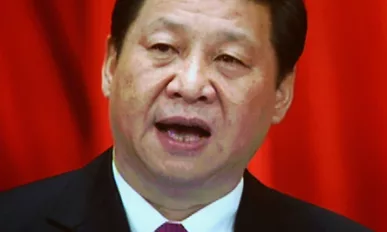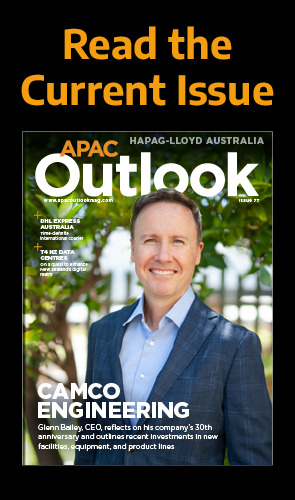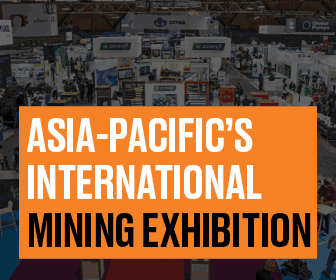The Countdown to ELECRAMA 2016 Begins
ELECRAMA 2016 is a one-stop-shop for your overview of technology, best practices, new systems and forecasting the future trends of electricity usage.
India’s Sunrise of New Hope: the Global Solar Alliance Launched at COP21
At the Paris COP21 climate summit, India’s Prime Minister launched a global solar alliance of more than 120 countries with the French President, François Hollande.
JA Solar Provides Modules for the Largest Solar Project Ever Built in the Philippines
Located in Cadiz City of the Negros Occidental province, the facility is designed for a total capacity of 132.5MW, 92.5MW of which will be equipped with the JAP6-72 310W modules by JA Solar.
First Ever Solar-Powered Tea Plantation in China to be Delivered by Trina Solar
Trina Solar Limited, a global leader in photovoltaic (PV) modules, solutions, and services, has announced an agreement to supply 51MW of its dual glass modules to Yunnan Electric Power Design Institute.
Renewable Energy Overtakes Nuclear among Asia’s Economic Elite
Solar, wind and other forms of renewable energy – besides hydro-electric dams – now supply more electricity than nuclear in Japan, China, India and five other major economies accounting for about half the world’s population.
CNIT Launches Healthcare One Pass App to Simplify Patient Experience
China Information Technology, Inc. (CNIT), has launched its mobile app for Healthcare One Pass, ushering in a new age of accessible healthcare services on mobile devices.
More Energy Efficiency Needed in Asia
Over the past decade, Asia has made huge strides in developing clean energy and with the low oil prices it has levelled the playing field for renewables and has decreased manufacturing costs.
GE Blends Big Data and Lighting to Create Intelligent LEDs
GE is connecting energy-saving LEDs with state-of-the-art software, unleashing a whole new potential for how we light and think about our world.
Suntech New Silicon Cells Optimise Global Solar Solutions
Wuxi Suntech, a subsidiary of Shunfeng International Clean Energy (SFCE), has achieved a new round of efficiency breakthroughs for its silicon solar cells.
China-Pakistan Superhighway worth $46 Billion Gets Go Ahead
China’s President Xi Jinping signed the agreement for a China-Pakistan Economic Corridor (CPEC) on the 20th April, which includes a network of roads, railways and pipelines between the long-term allies in the next 15 years.
